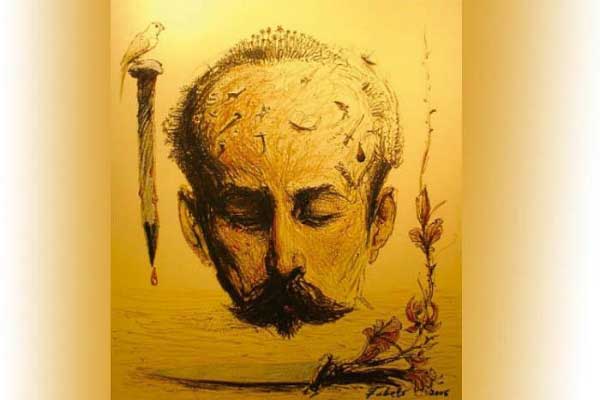 The story goes that on that fateful day, May 19, 1895, Martí held no other objective than that of independence, expressing the beautiful premonition of his sacrifice for Cuba, written with great lyricism, writing: “My verse will grow under the grass and I will also grow.”
The story goes that on that fateful day, May 19, 1895, Martí held no other objective than that of independence, expressing the beautiful premonition of his sacrifice for Cuba, written with great lyricism, writing: “My verse will grow under the grass and I will also grow.”
That day he was unusually dressed as a civilian, with a dark jacket, bow tie, and white pants. On his chest – as a badge of Mambí decorum – he wore the rosette of Carlos Manuel de Céspedes, and shield his heart, a portrait of María Mantilla, “the beloved girl.”
Sitting solemnly on his horse, Baconao, he inspired respect and admiration, setting out with his head uncovered and his eyes radiating light. Martí was on his way to meet immortality.
“As he passed between a dry bush and a flowering shrub, the shots of the ambushers hit the Maestro's body; the light from above bathed him, he released the steed's bridles, and his slack body fell to lie on the beloved Cuban soil,” wrote historian Rolando Rodríguez, narrating the fateful moment.
The orphaned revolution lost its intellectual guide. That night there was no need to declare silence among the Mambisa troops. "The homeland-in-arms was in mourning."
With bitter pain, Máximo Gómez would record in his diary: “We are left without the best of our comrades, and the soul, we could say, of the insurrection.”
Nonetheless, 127 years later, Dos Ríos reminds us that there is life after death, as the place where the greatest man of his era fell; but continues to ride with us, into every battle we face.
Taken from Granma






